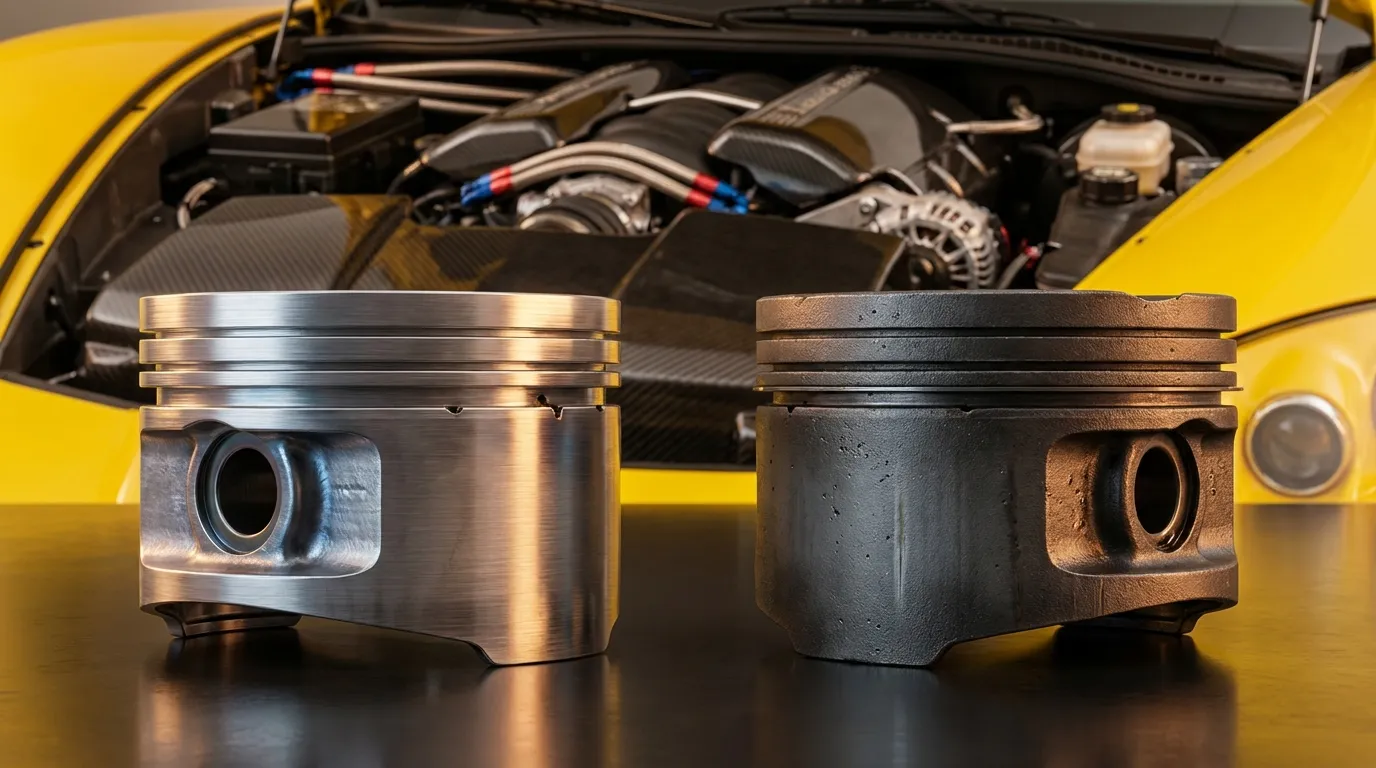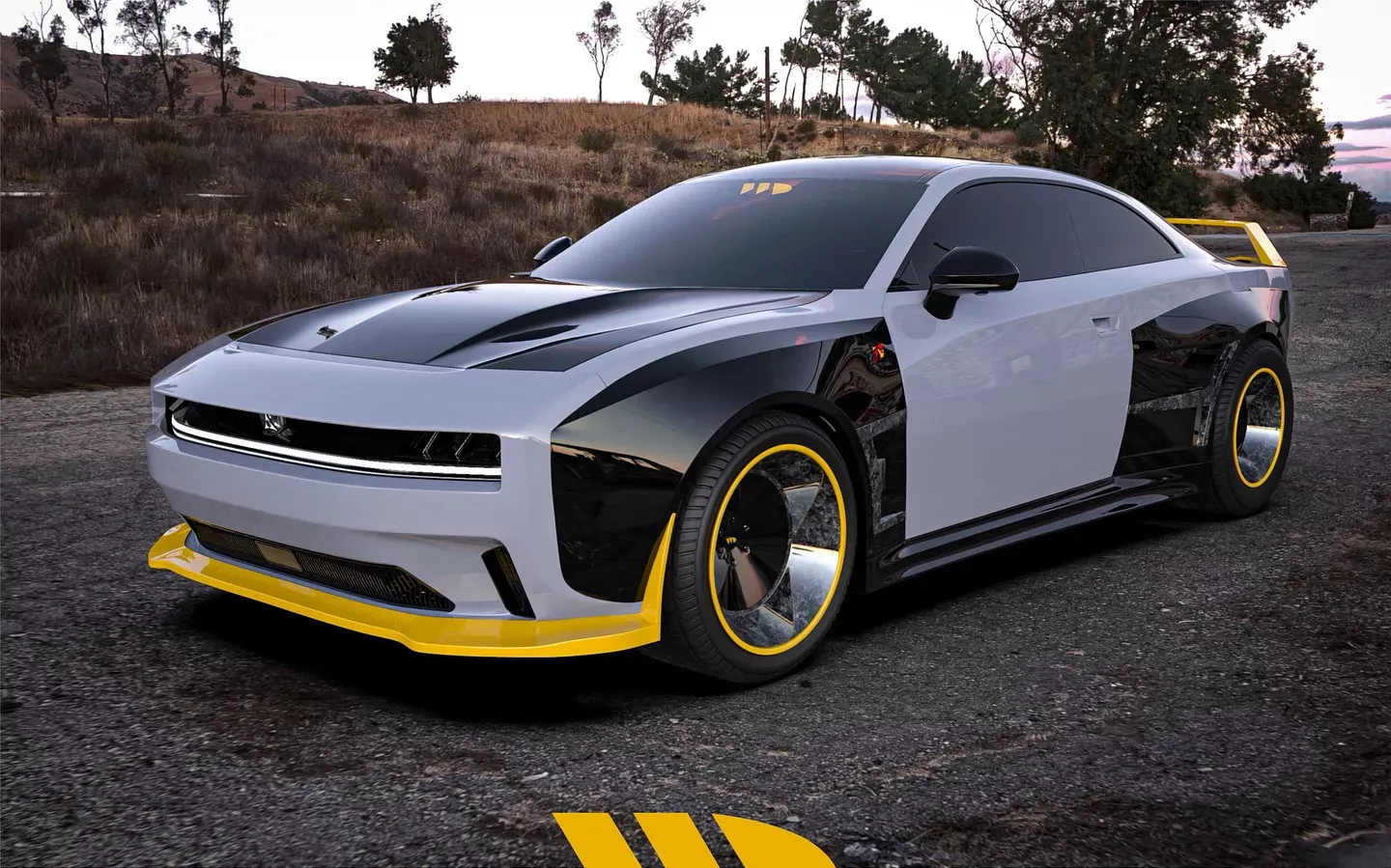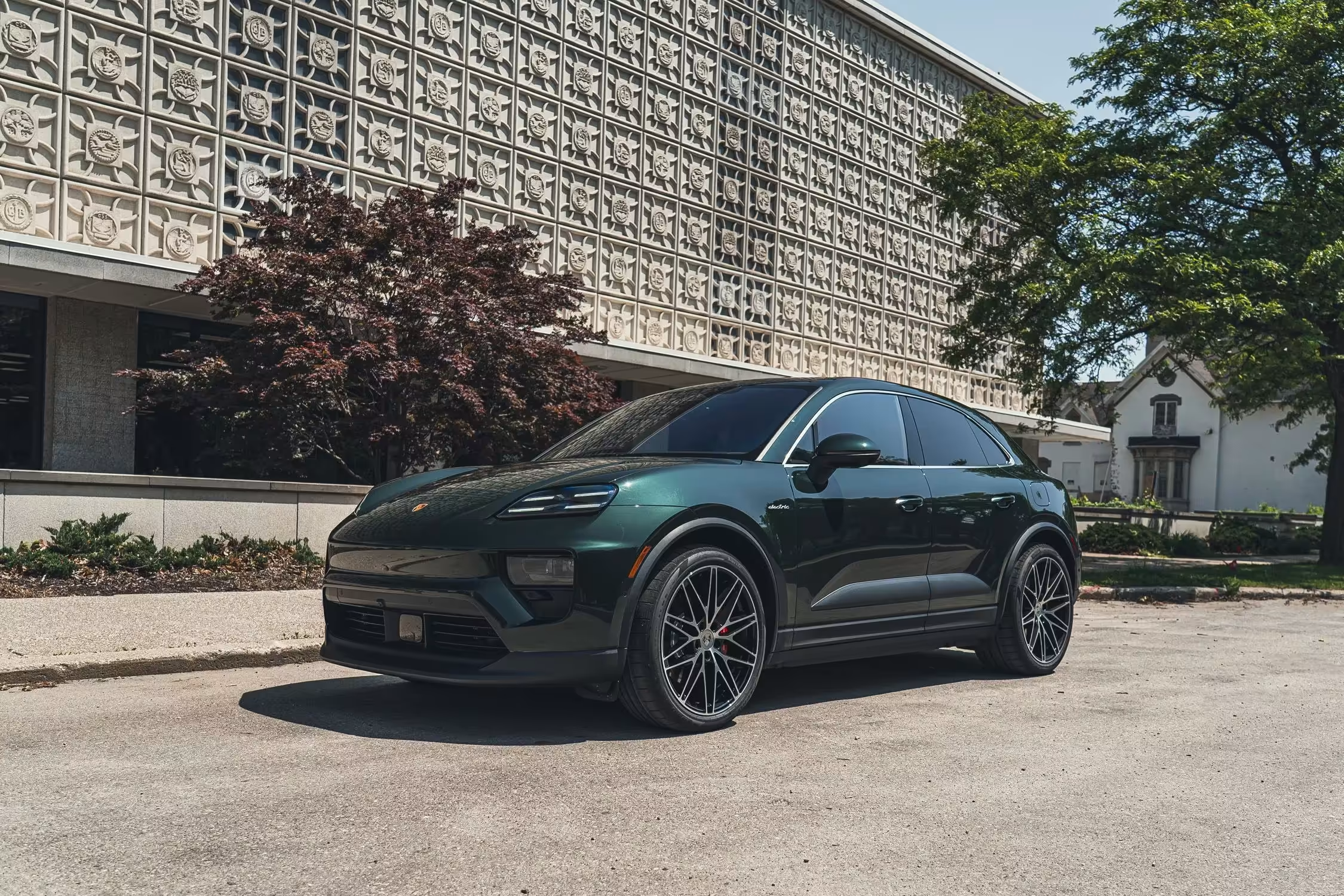The 383 Stroker Engine is the ideal V8 for muscle cars. More torque than the 350, without the overheating issues of the 400. The Chevy Small Block legend explained!
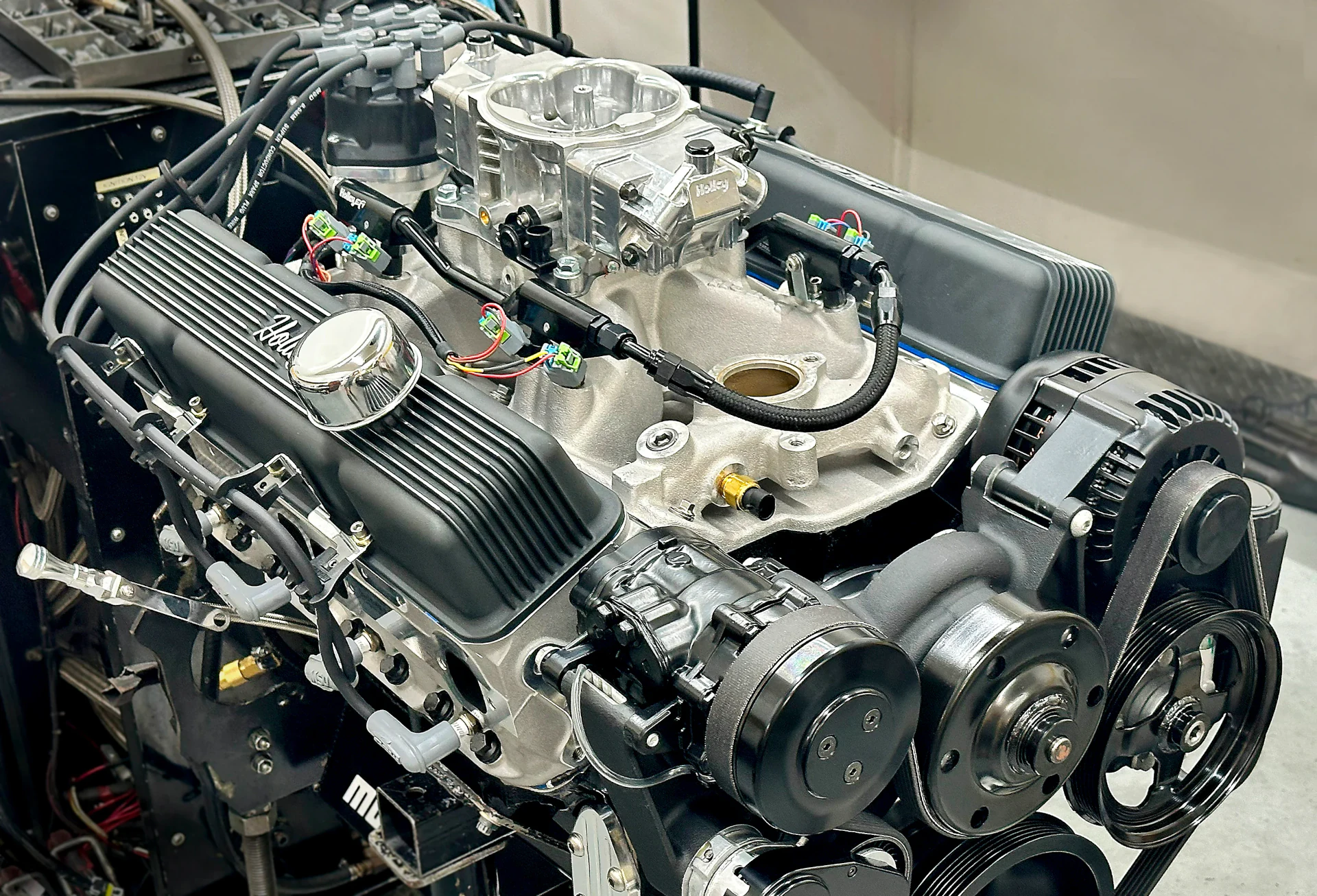
In the relentless pursuit of more power and torque, automotive enthusiasts have always explored the limits of engineering. The 383 Stroker Engine, a legendary Chevy Small Block V8, is a testament to this passion. It has established itself as a true “Goldilocks zone” for those seeking the perfect combination of performance, reliability, and cost-effectiveness in their muscle cars.
The Legend of the 383 Stroker: Unexpected Birth and Unmatched Torque
The history of the 383 Stroker Engine did not begin in Chevrolet’s engineering offices, but rather in the shops of visionary engine builders. The initial concept is widely credited to the legendary Joe Sherman, a master in the art of extracting the maximum from every part. He looked at the Chevy parts shelves and, instead of accepting the “original design,” asked: “What can this do?”.
The genius behind the 383 Stroker was simple yet revolutionary: take the crankshaft from a 400 small block engine, machine its journals so it fits perfectly into a 350 engine block, and then over-bore this block by 0.030 inches. The result was an engine that displaced approximately 382.6 cubic inches, a significant increase of 32.6 cubic inches over the standard 350. But what truly made the 383 Stroker shine was not just the increase in displacement, but the remarkable torque advantage.
Most of the extra volume came from the longer stroke of the 400 cubic inch crankshaft. A longer stroke increases leverage, which translates directly into more torque, especially at lower RPMs. This means a 383 not only produces more torque than a 350, but it delivers that power at lower RPMs, providing that thrilling, instant acceleration every muscle car lover craves. If you are looking for performance that throws you back into your seat with every press of the pedal, the low-end “grunt” of a 383 is exactly what you’re looking for.
The V8 Dilemma: Why the 383 Outperforms the 400 in Practice
Given the superiority of the 383 Stroker, the question arises: why not just use the 400 small block engine directly, since it offers 17 more cubic inches and eliminates the crankshaft machining? The answer lies in the peculiarities of the 400’s design. Traditionally, high-performance automotive builders avoided the 400 due to its reputation for overheating.
The main culprit is its “Siamese bores,” meaning cylinders cast solid without water passages between them. While this configuration increases the block’s structural strength, it creates significant cooling challenges. Chevrolet tried to compensate with “steam holes” in the heads, but the factory heads were prone to cracking under stress. Replacing the heads requires drilling new steam holes, or heat and pressure buildup can lead to cracks in the cylinder walls. Furthermore, the 400 has an externally balanced rotating assembly, which greatly complicates swapping parts with other Chevy small blocks.
Chevrolet introduced the 400 in 1970 and discontinued it in 1979, without much success. While other engines, like the Cadillac Northstar V8, managed to overcome their durability flaws over time, the solution for the 400 was simply to phase it out. In contrast, the 383 Stroker, by using the 350 block (known for its robustness and efficient cooling) with the modified 400 crankshaft, bypassed these intrinsic disadvantages, solidifying its status. To maintain automotive performance and longevity of any engine, especially a built one like the 383, preventative maintenance is crucial. Neglecting engine health can lead to issues like carbon buildup, which directly affects performance and efficiency. Learn more about the importance of maintenance in “Engine Carbonization: Guide with 10 Essential Tips to Keep Your Car Healthy.”
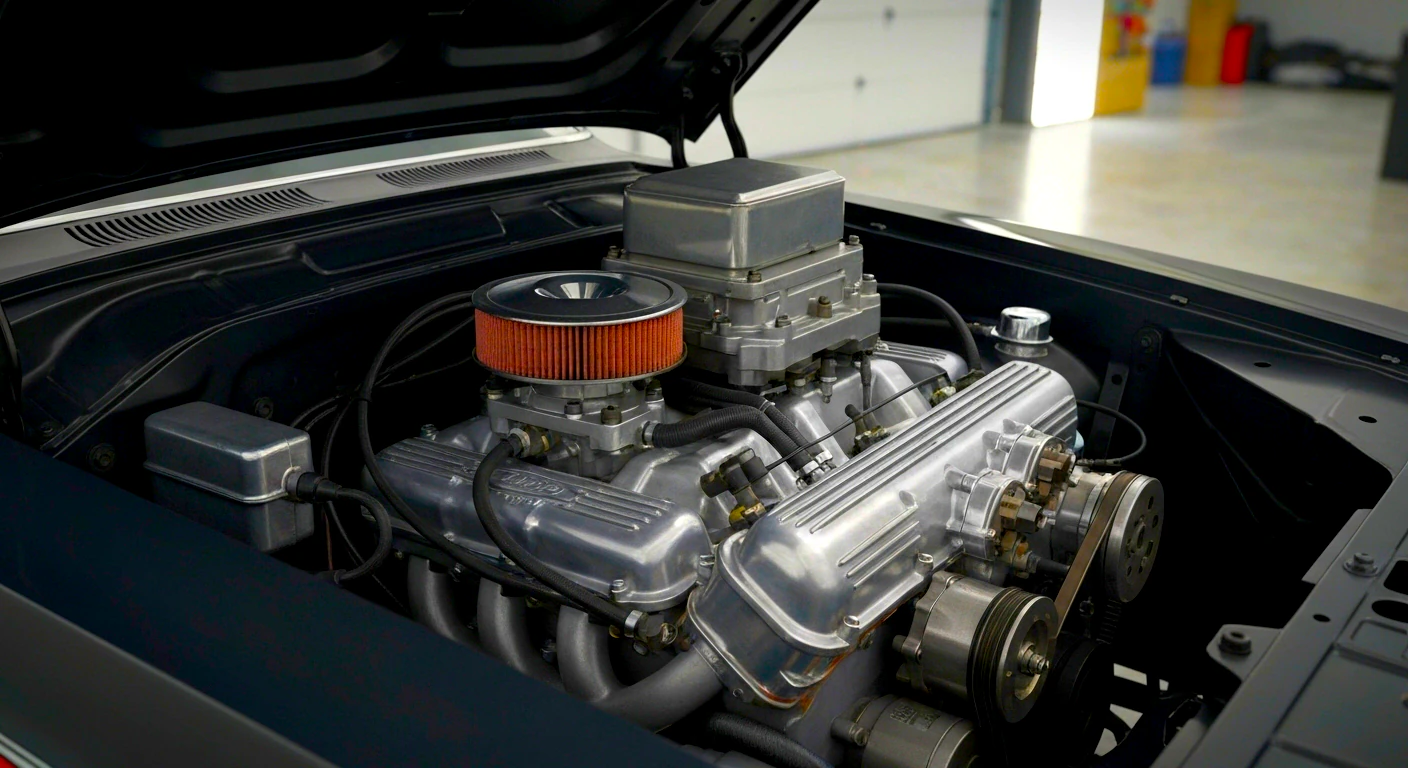
The Modern Era: How to Get a 383 Stroker Today
Today, the dream of owning a 383 Stroker Engine in your muscle car or engine customization project is more accessible than ever. The need to scour junkyards for 400 crankshafts and 350 blocks, while still an option for purists, has largely been replaced by the convenience of “crate engines” and aftermarket kits.
Companies like ATK, Blueprint, Dart, and even Chevrolet Performance itself offer new or remanufactured blocks, short blocks (block with crankshaft, rods, and pistons), and complete engines. Best of all, builders are no longer limited to old cast parts; they can now opt for forged components capable of handling massive power. Even with cheaper cast crankshafts and connecting rods, a 383 can easily handle 500 horsepower without issue.
This ease of access keeps the flame of muscle cars alive, allowing the passion for high-performance V8s to remain relevant, even in an era dominated by electric vehicles. For enthusiasts, the possibility of customizing and enhancing these engines is an irresistible invitation. The passion for robust and powerful V8s is something that endures, and major automakers, like Dodge, understand this, exploring the possibility of bringing back new muscle cars with V8 engines. Learn more about these initiatives in “The Triumphant Return: Dodge May Bring Back a New V8 Muscle Car with Stellantis Mega-Investment.”
This fascination extends to different brands and models. For example, the curiosity to see what happens when an icon like the Toyota Supra gets a V8 heart is a reflection of this same passion for innovation and unusual power combinations, as explored in “This V8-Powered GR Supra Is the Monster Toyota Hid From the Streets.”
The Precision of Numbers: Displacement and the Passion for Details
When Chevrolet Performance launched its own SP383 in 2020, it originally had a 4-inch bore and a 3.8-inch stroke, resulting in 382.02 cubic inches. To prevent the 383 emblems from “lying,” the Chevy website now specifies a 4.005-inch bore, which yields 382.97 cubic inches—a more precise rounding to the iconic 383. This precision reflects the care taken in nomenclature, something not all manufacturers rigorously follow, such as Mercedes-Benz’s famous “6.3” for a 6.2-liter V8 or Ford’s “5.0” for the Windsor 302, in a marketing move to differentiate itself from other engines.
This pursuit of numbers and extreme automotive performance is a constant in the car universe. Even with the rise of electric vehicles, the roar and raw power of an internal combustion engine continue to inspire. The discussion about the future of gasoline engines, even with patents for even more extravagant engines, shows that this passion is far from disappearing. Find out more about this in “Porsche Patents W-18 Engine: The Brutal Return of Gasoline in the Electric Age?”.
The 383 Stroker Engine is more than just a set of parts; it is a philosophy of engine customization that celebrates ingenuity, performance, and the pure joy of driving a car with a powerful V8. To ensure this performance machine continues to deliver smiles, attention to maintenance, such as choosing the correct oil, is fundamental. Basic mistakes can have costly and unexpected consequences. Learn about the risks in “Wrong Oil in Your Car Engine: What Are the Consequences and Unexpected Costs?”.
It remains a favorite among muscle car and hot rod enthusiasts, a lasting testament that sometimes the “just right” combination doesn’t come from a factory design, but from the creative mind of someone who dares to go beyond the conventional.

